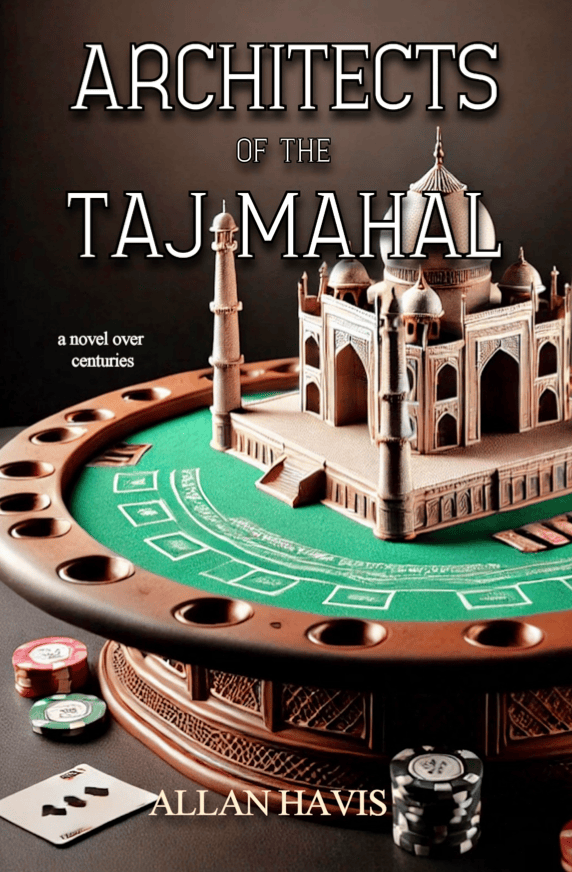When you think of the Taj Mahal, your mind is likely to go to one of two places. It might go to the legendary tomb, one of the most beautiful buildings in the world. It might also go to the Trump Taj Mahal, a casino in Atlantic City which has since been bought out by Hard Rock International. For twenty-six years, until it faced both bankruptcy and consequences from violating money laundering regulations, it bore the name of both a man known for gaudy excess (and failed businesses) and a tomb known for love and elegance.
This book is not about the buildings, however, at least not primarily. It is about the architects of the respective buildings, and how their lives intertwine. It is a strange book, unsettling at times and poetic at others.
At least, it tries to be.
Havis writes in a clinical, detached tone that at times lends to the otherworldly sense which fills the book and makes it something more than a literary novel or an ordinary piece of historical fiction. The tone is intriguing, but often undescriptive, which is an interesting choice for a book about two of the most opulent buildings in history.
More often, it keeps the reader distant from the characters. We know how they feel and what they think, but only in an academic sense. Sympathy is harder to find, for they feel at best like characters on a page. At worst, they feel like conceptions, figures in an allegory or a parable, meant to pass along a message.
The exact message is difficult to parse. That there is a connection between the architects of the distant past and those of the more recent past is clear; it even appears later in the narrative as lines blur between the two. But those lines never blur enough to make any particular point, or to do much at all beyond increase the sense of strangeness that seeps through the whole book. The strangeness is primarily atmospheric rather than to serve the story.
//Architects of the Taj Mahal// has an interesting concept and plot, but only at first. The further it goes on, the more of a slog it becomes to get through, and the more obscure and arduous it grows. People who are interested in both buildings may get something out of it, but the average reader will likely find it dull and tedious.


